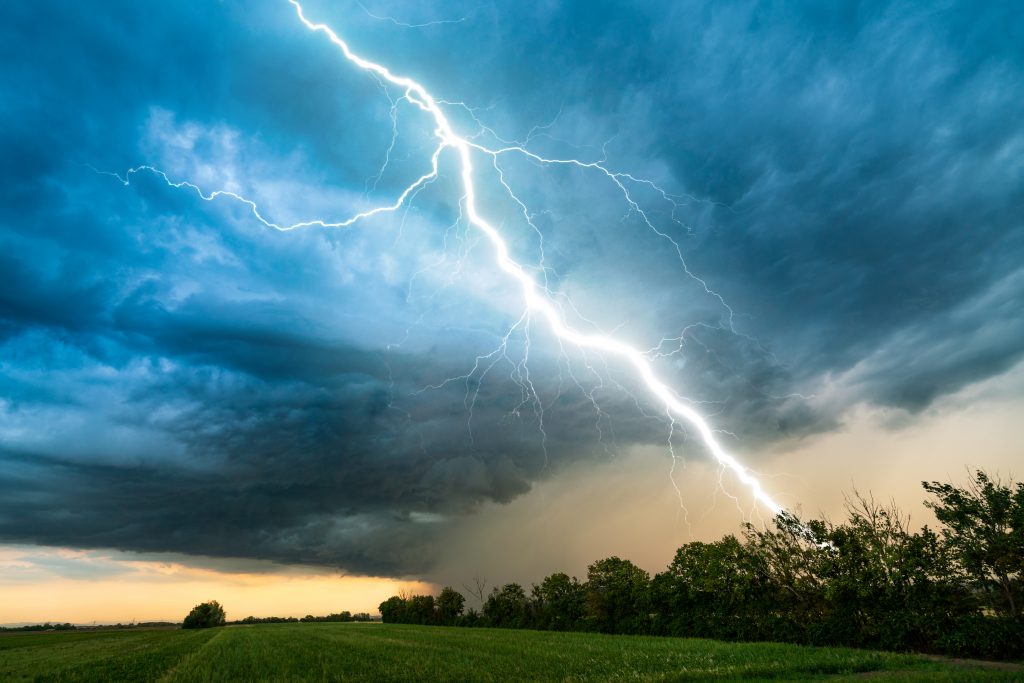
November 19, 2024 — Atmospheric electric field measurements, which can serve as early indicators for extreme weather, offer vital real time forecasting capabilities, according to Hebrew University of Jerusalem researchers.
In a new study published in Atmospheric Research, the researchers report finding significant electric field changes during heavy precipitation in the Negev Desert in Southern Israel, which is prone to flash floods and sudden shifts in weather.
“This research demonstrates how electric field variations can serve as indicators of shifting weather patterns, allowing us to anticipate severe weather events in real-time,” said Dr. Roy Yaniv from the Fredy and Nadine Herrmann Institute of Earth Sciences at Hebrew University. “The ability to identify these changes early is especially crucial in vulnerable regions like Israel, where even minor shifts in climate conditions can lead to major local impacts.”
The research data provides minute scale electric field observations taken during low-pressure weather systems in winter, termed ‘Cyprus Lows.’ By focusing only on precipitating (‘wet’) events, and measuring surface rain during and after a cold front passed, researchers observed substantial increases in the potential gradient of the electric field.
This minute-by-minute data showed potential gradient values rising sharply, from around 100-200 volts per meter during typical fair-weather levels to hundreds and even thousands of volts per meter during rainfall. These surges occurred as convective clouds passed overhead, indicating that different cloud types produce unique electric field patterns. The study also highlighted how factors beyond rain intensity, such as cloud structure and the electrical charge of rain droplets, play roles in electric fluctuations.
Through these findings, the researchers identified how electric field variations correlate with specific weather conditions. This enhanced understanding of electric field responses to weather events could significantly improve nowcasting systems for predicting extreme weather. This is especially significant for regions like Israel, which is situated between desert and Mediterranean climates, where slight shifts in a low-pressure system’s location can lead to dramatic changes in local weather.
The study underscores the importance of incorporating electric field observations into weather monitoring systems, particularly in arid and semi-arid regions that are increasingly vulnerable to the impacts of climate change. Monitoring electric field dynamics may provide early warning signs of severe weather, which would help with community preparedness.
The research paper titled “Understanding heavy precipitation events in southern Israel through atmospheric electric field observations” is now available in Atmospheric Research and can be accessed here.
Researchers:
Roy Yaniv1,2, Yoav Yair3, Assaf Hochman1
Institutions:
- Fredy and Nadine Herrmann Institute of Earth Sciences, The Hebrew University of Jerusalem
- Gertner Institute, Climate Center, Sheba Medical Center
- School of Sustainability, Reichmann University



